Even though the Vikings no longer inhabit Scandinavia or travel the world, they still capture our imagination. We even go so far as to wonder what their everyday life was like.
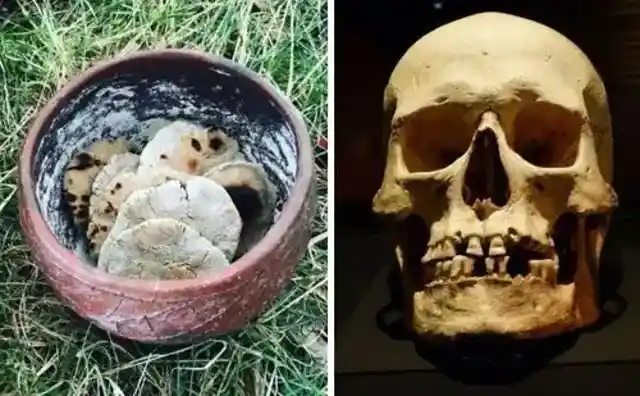
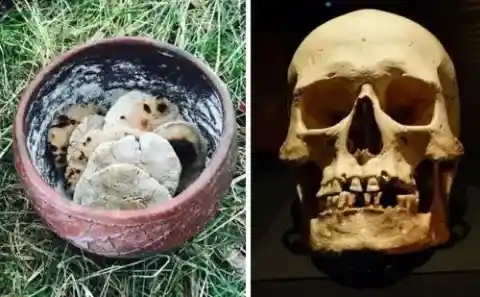
Well, in that regard, certain Insights into their grooming habits, hygiene routines, and various rituals provide a fascinating glimpse into life during the Viking Age.
Weekend Baths
It's common to assume that people in the Middle Ages were unclean and unaware of hygiene, but this wasn't true for the Vikings. For these robust traders and fierce warriors, cleanliness was a significant part of life. Bathing, in fact, was such an important tradition that taking a bath every Saturday became a regular custom.
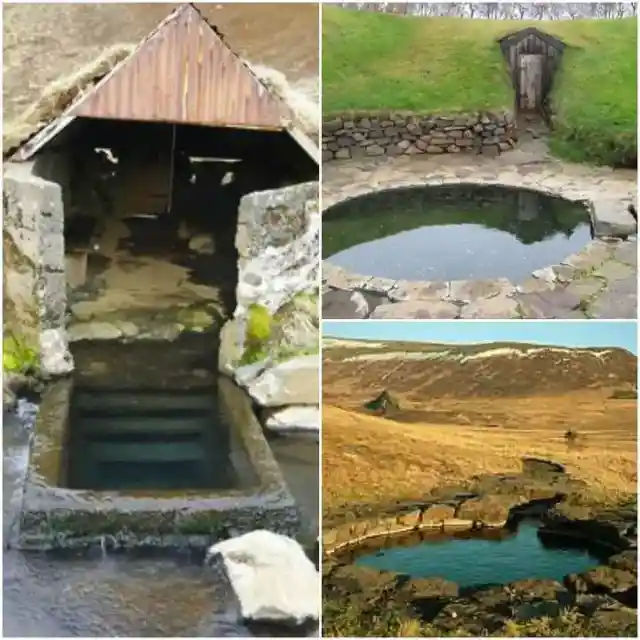
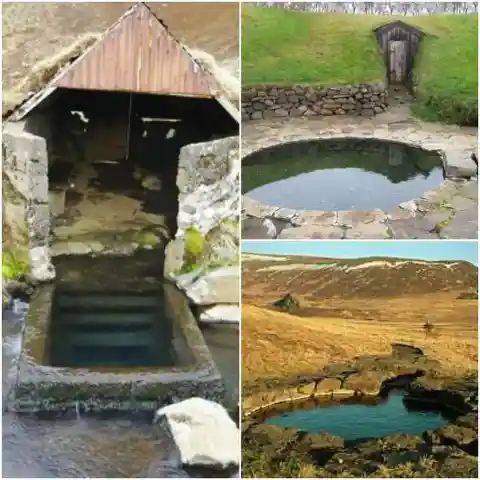
Historical texts and archaeological finds offer plenty of evidence that the Vikings had a number of daily hygiene practices. As we keep going, we’ll explore what these rituals involved.
Length of Your Beard = A Sign of Masculinity?
For the Vikings, manliness and maturity were closely linked to the appearance of one's beard. A full, thick beard was seen as a symbol of strength, maturity, and masculinity. Vikings who couldn’t grow beards were often mocked and ridiculed in medieval literature, and this likely affected their social status.
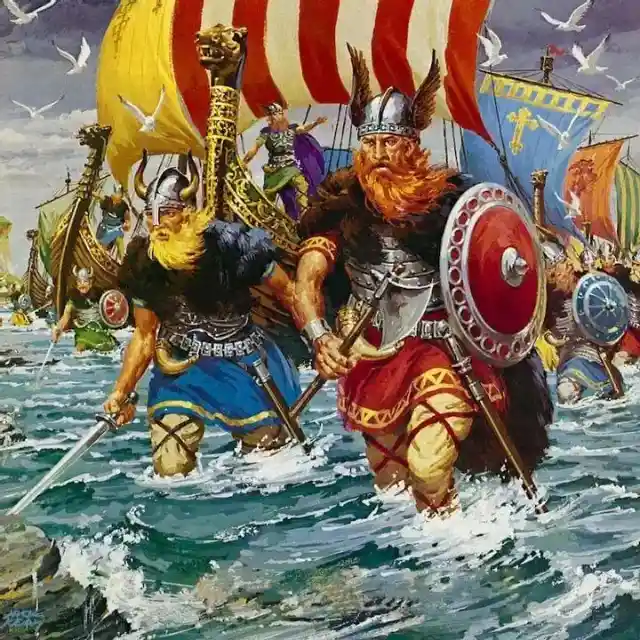
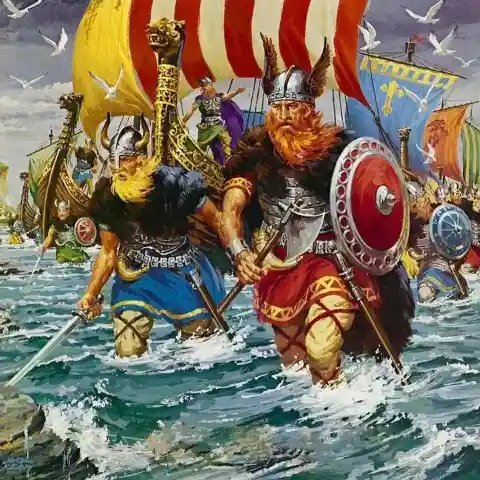
The fact that each Viking community had a respected, professional comb maker further emphasizes the importance of a well-maintained beard in their social hierarchy.
Plenty Of Saunas
With Scandinavia’s long, harsh winters, it’s no surprise that saunas were a beloved part of life during the Viking Age. The local sauna was not only a place for relaxation but also served as a hub for social interaction and hygiene.


Vikings would gather there to unwind, share gossip, and perhaps forge new connections.
Awesome Facial Hair
While Vikings are often shown in art, film, and TV with thick, untamed beards, historians argue this isn't an accurate portrayal. In reality, most Vikings kept their facial hair neatly groomed. To maintain their appearance, they used tools like combs, razors, and even tweezers—yes, these were around during the Viking Age!
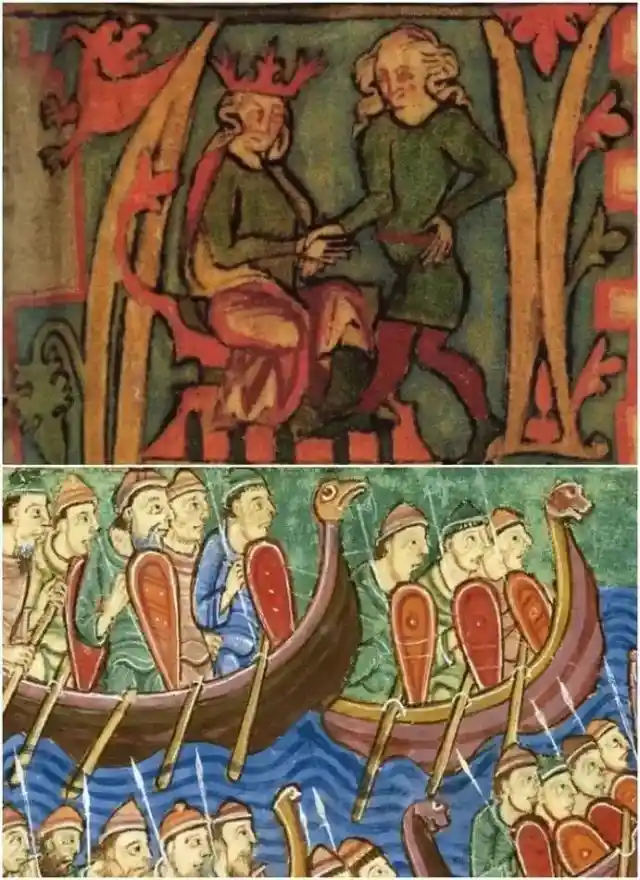
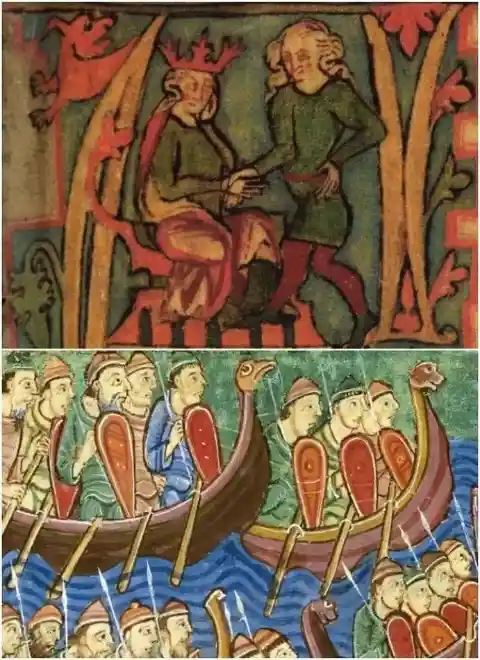
The link between facial hair and masculinity was an important aspect of Viking culture.
Perfect Hair
The Vikings took great pride in their hair, which they had in abundance. Their preferred style was the inverted mullet, with longer hair at the front and shorter at the back. Maintaining their hair was a daily ritual—they combed and brushed it regularly to keep it looking its best.
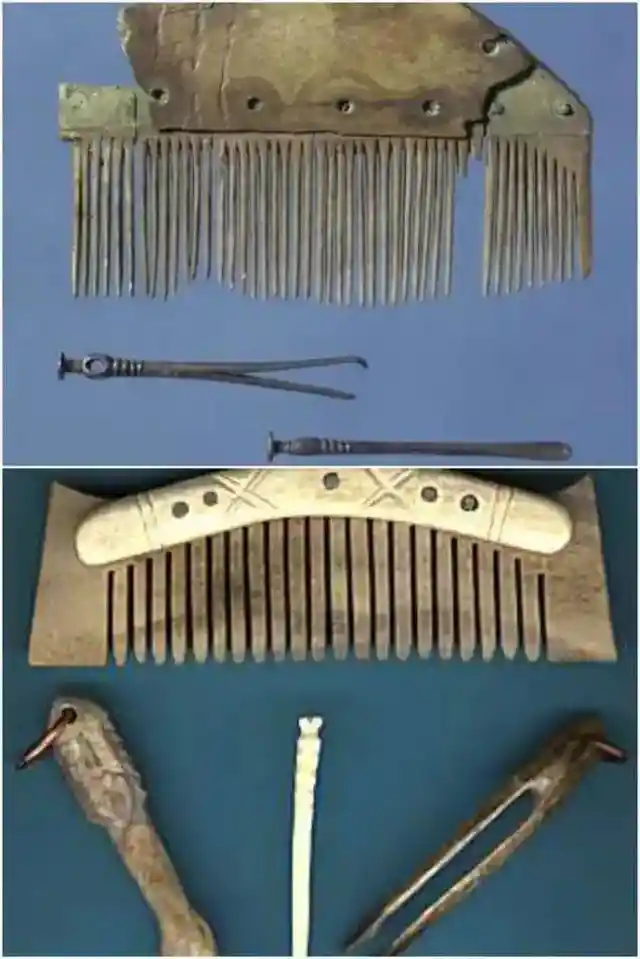
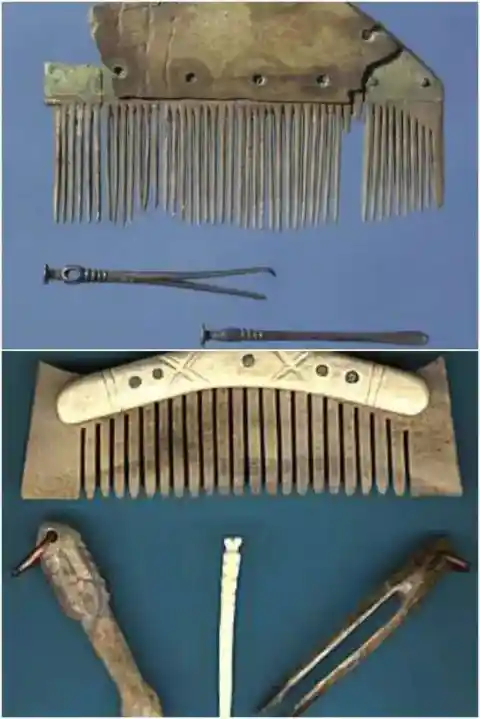
Historians note that, in comparison to the Vikings, most people in Europe at the time, such as the Anglo-Saxons, didn’t place as much emphasis on their appearance.
They Used Toilets
While it's easy to assume that toilets are a modern invention, archaeologists have uncovered evidence of sanitation systems in many pre-modern cultures, including the Norse. While the Vikings didn’t have indoor toilets like we do today, communal latrines were in use, much like the public saunas and baths.


These shared facilities weren’t as unpleasant as they might sound, as they often featured underground ditches that carried waste away from living areas.
Sometimes They Dyed Their Hair
When we picture Vikings, we often imagine tall, blond, blue-eyed warriors. However, not all Vikings fit this stereotype, even though many modern-day Scandinavians can trace their ancestry back to the Viking Age. Vikings had a range of physical appearances, but they favored lighter hair.
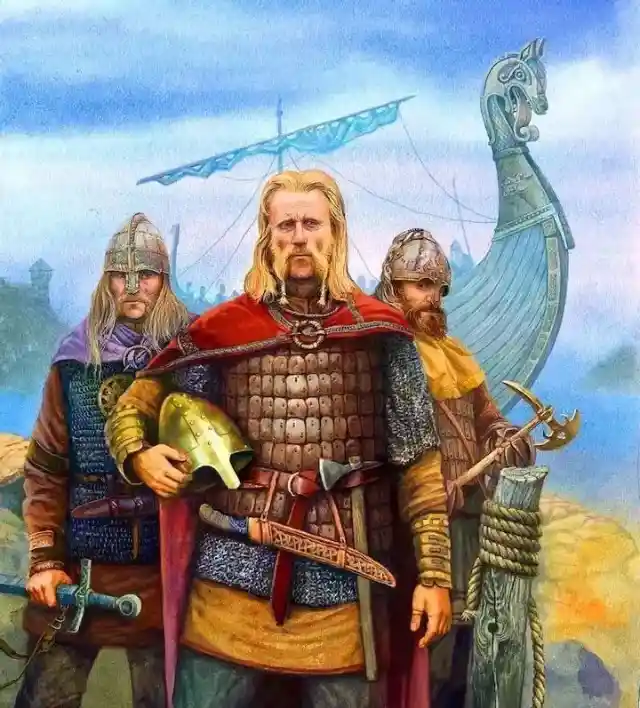
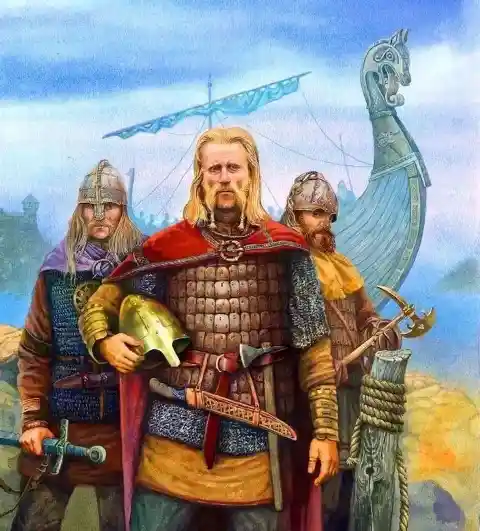
Some Vikings with darker hair and beards used lye to bleach their hair blonde. This practice, though unadvisable by modern standards, also had the practical benefit of killing lice, making it a hygienic fashion choice that helped reduce infestations in public spaces.
Combs Were Common
As we've seen, Vikings took great care in grooming their hair and beards, and you might be surprised to learn that they were so meticulous about it, they always carried their own combs.
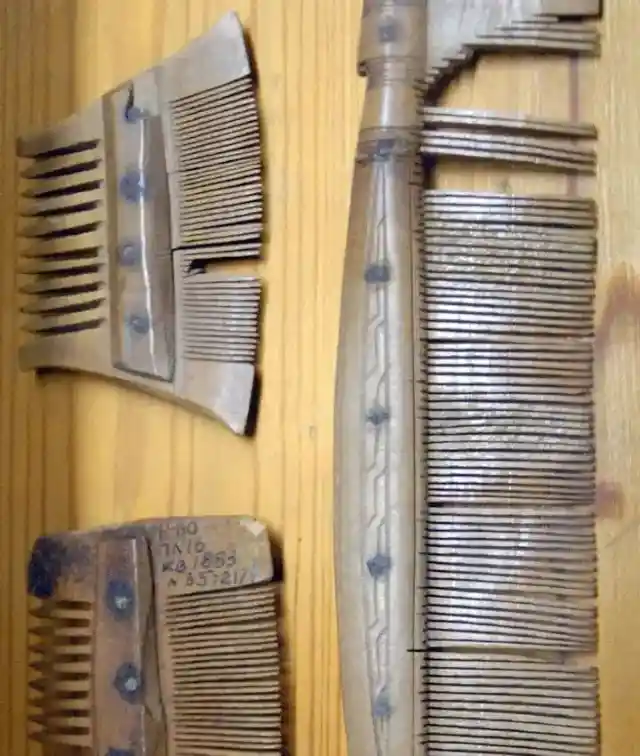
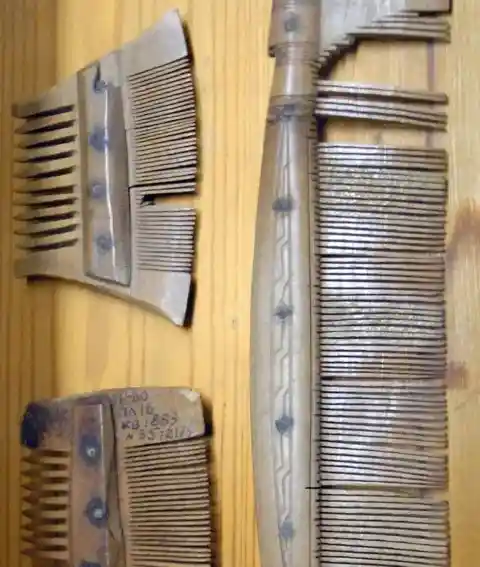
These combs, often made from animal bones, were used to remove dirt, lice, and grime from hair and beards. While today we might think of grooming as a bit of a hassle, it's rare to find someone carrying a comb around in their wallet like the Vikings did!
Shared Sinks
While ancient baths were far from the modern standards we’re used to today, the Vikings actually bathed more regularly than other people in the medieval period. However, communal baths often involved reusing the same water multiple times. Although this might seem unappealing by today's hygiene standards, it's important to remember that people in the Viking Age didn’t yet understand water contamination.
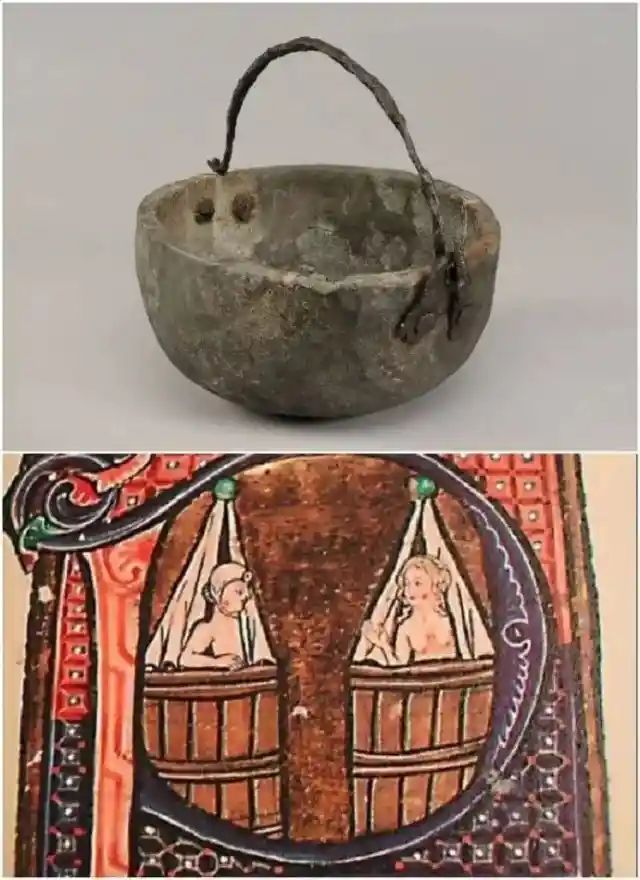
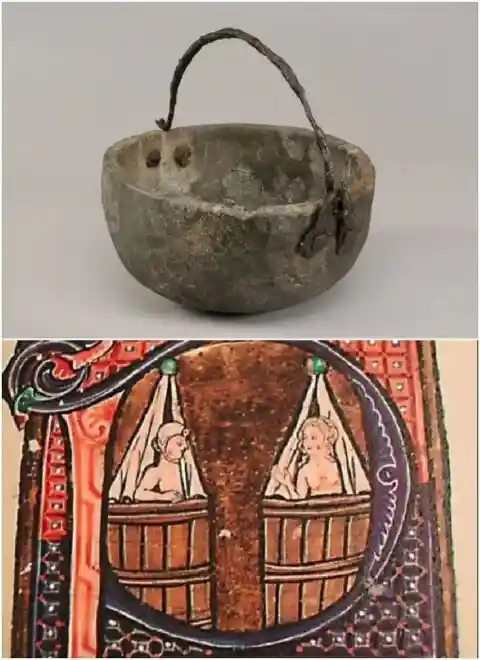
It was common for multiple men to wash their faces and beards in a single basin of water, or even bathe in water that had already been used.
Grooming Tools - To The Grave
The Vikings’ concern for cleanliness and appearance even extended to their afterlife. While it's common to find weapons and personal belongings in Viking graves, some of these items were actually grooming tools!
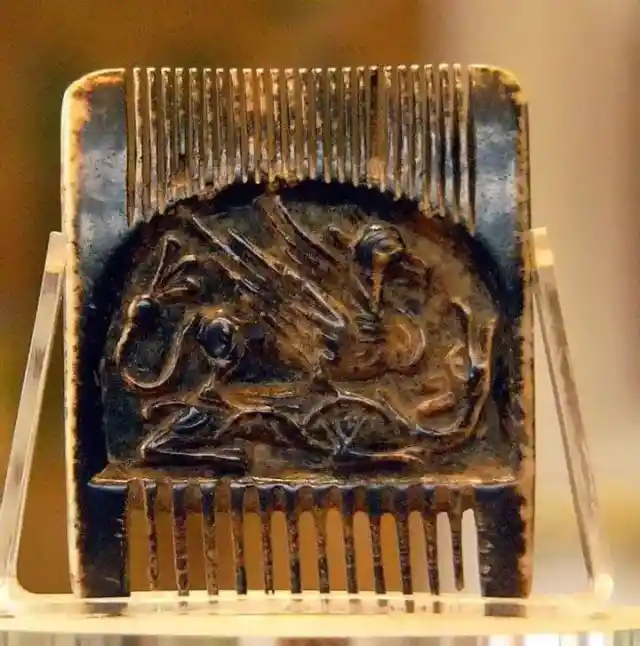
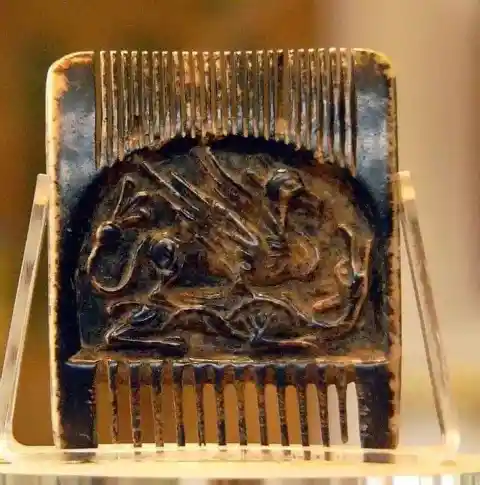
Archaeologists have uncovered combs, razors, ear cleaners, and tweezers in Viking burials, many of which were intricately decorated, suggesting they were high-status items. Historians believe these tools were often kept in boxes similar to modern jewelry boxes or worn as necklaces, signifying their importance to the Vikings.
Filed Grooves into Their Teeth
This practice continues to intrigue researchers and historians. When examining Viking burial sites, archaeologists often find teeth that have been deliberately filed.
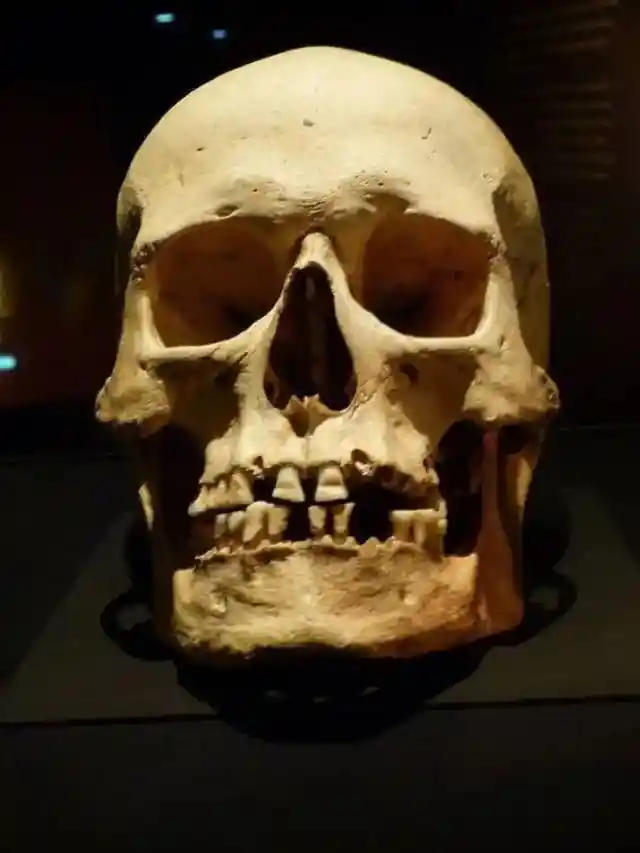
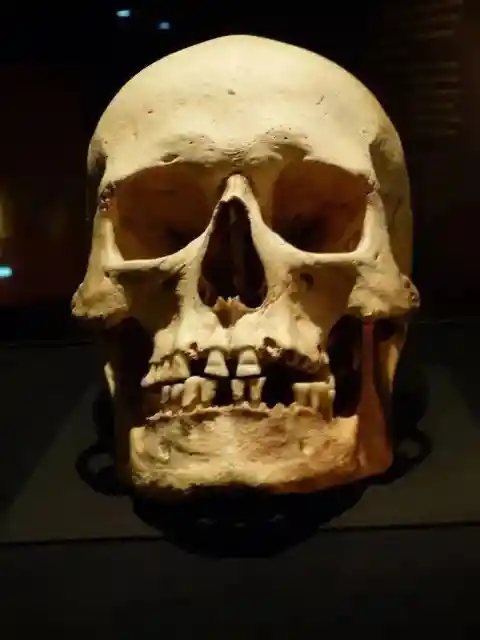
This process, done by skilled specialists, was clearly widespread among the Vikings. Several theories attempt to explain why this was done. One suggests that it was a way for Vikings to appear more intimidating to their enemies, while another theory proposes that the grooves were symbols of personal achievement. According to this view, the more grooves a Viking had, the greater their status as a warrior.
Getting Someone Dirty Was Considered Offensive
The Vikings valued cleanliness so highly that they viewed deliberately making someone unclean as a serious offense. This could involve actions like smearing someone with mud, cutting their hair, tearing their clothes, or throwing them into a puddle. Such behavior was punishable by outlawry, though this did not apply to enemies.


According to the Icelandic medieval legal text Grágás, anyone who intentionally "dishonored" another by making them dirty was subject to the harshest penalties.
Several Pairs Of Clothes
Viking clothing was made from wool and linen, and, much like modern Scandinavians, both men and women had a keen interest in fashion. While they didn’t have the variety of clothing options we have today, the Vikings frequently washed their garments in rivers and streams and changed outfits regularly.
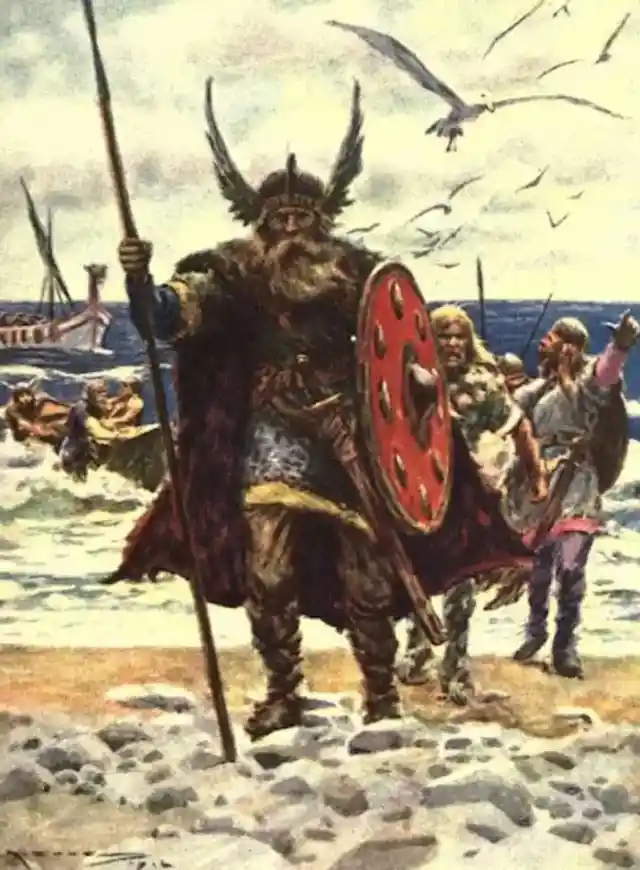
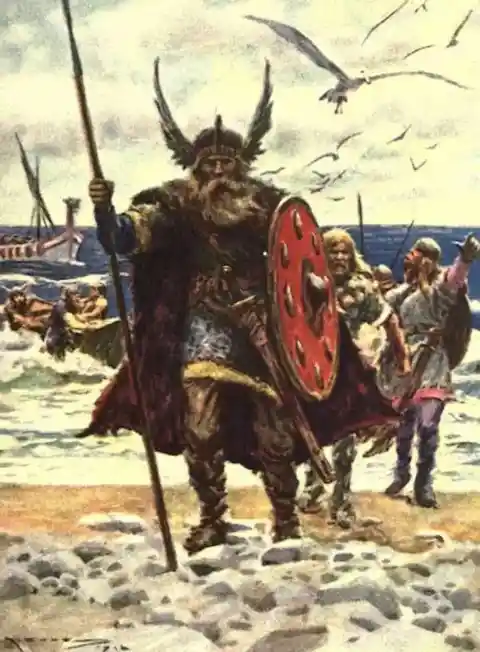
They also wore their finest clothes for social occasions like parties and weddings. Some critics cynically claim the Vikings were vain, but it's clear they cared about their appearance and dressed with intention.
It Was Believed That Magic Could Heal Wounds
The Vikings had a strong belief in magic, particularly in its ability to aid in healing. They thought that with the right magic and sacrifice, they could speed up the recovery process after a battle injury. Historical records reveal numerous instances where Vikings made appeals to elves for healing assistance.
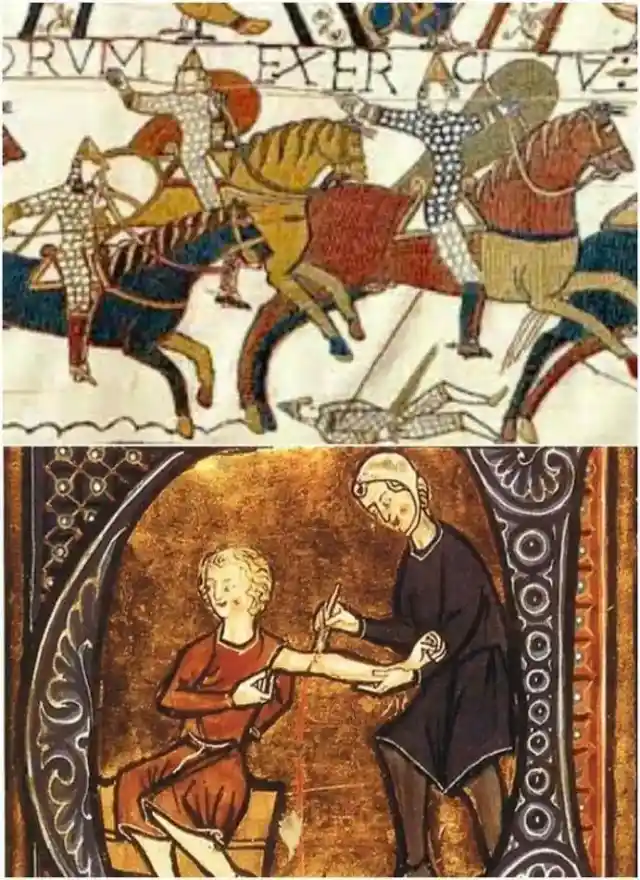
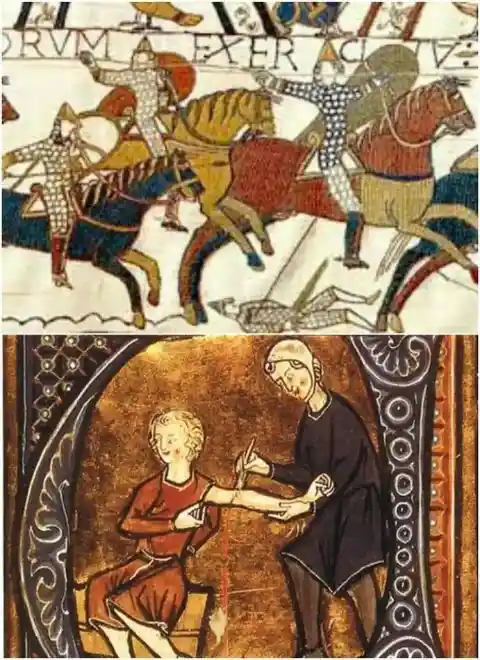
To encourage their aid, they might sacrifice a bull or another valuable animal, leaving it on a hill believed to be the dwelling place of elves, in the hope that the offering would be accepted in exchange for magical healing.
Lack of Facial Hair = Lack of Skill?
For the Vikings, a man’s lack of facial hair wasn’t just seen as a sign of immaturity and a lack of masculinity—it was also associated with incompetence. Men who couldn’t grow a full beard were often viewed as less capable, and as a result, they faced significant social stigma.
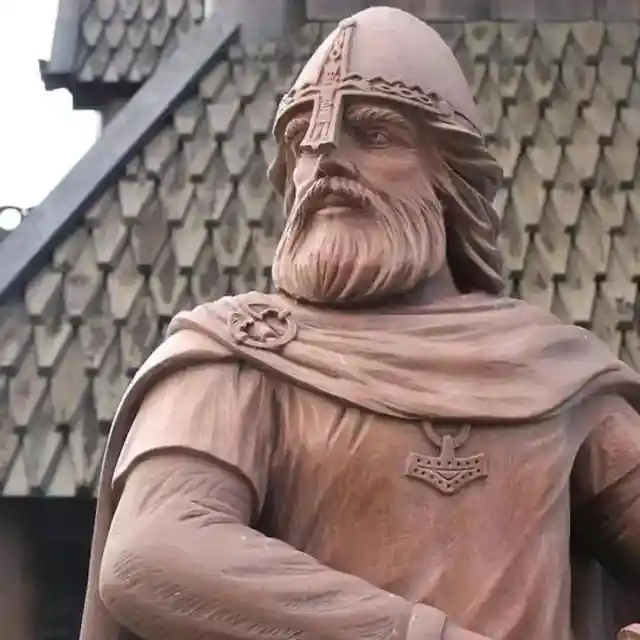
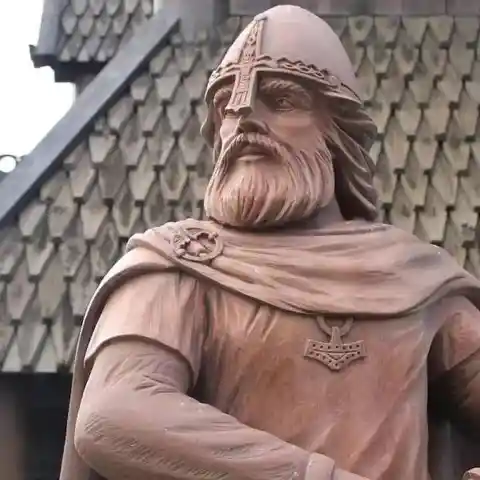
This prejudice likely affected many aspects of their lives, including marriage prospects and their standing within the community, as a thick beard was seen as a mark of both maturity and skill.
Women Also Had Hair Long
In Viking culture, long hair was considered an ideal of beauty, and this applied just as much to women as it did to men. Viking women not only grew their hair long but also took great care in maintaining it. This wasn’t just a cultural preference—it was also a legal requirement.
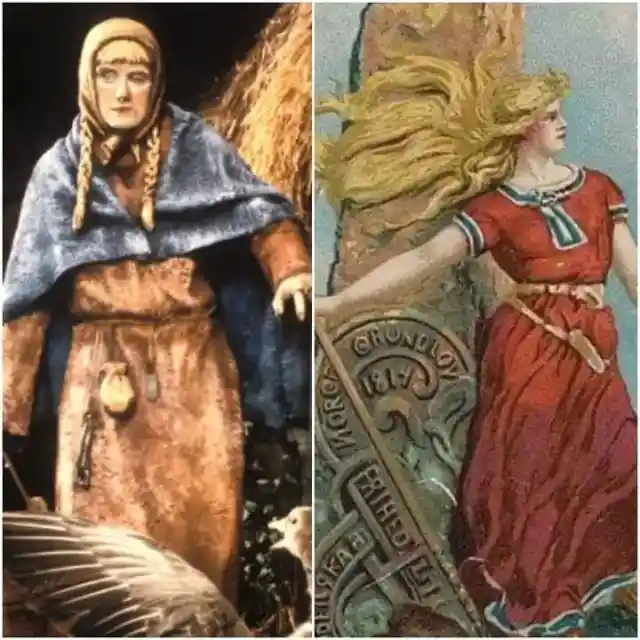
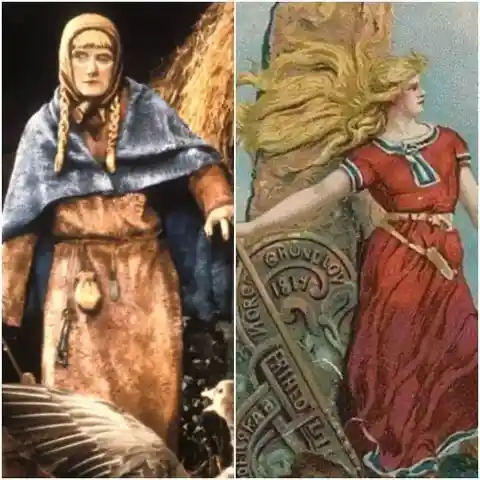
The medieval law code Grágás explicitly stated that women were forbidden from cutting their hair short. This rule applied to all women, from Valkyrie warriors to wives and mothers.
Tattoos Maybe?
Historians and archaeologists remain divided on whether the Vikings had tattoos. However, there is some evidence to suggest that at least a few Vikings may have been tattooed.
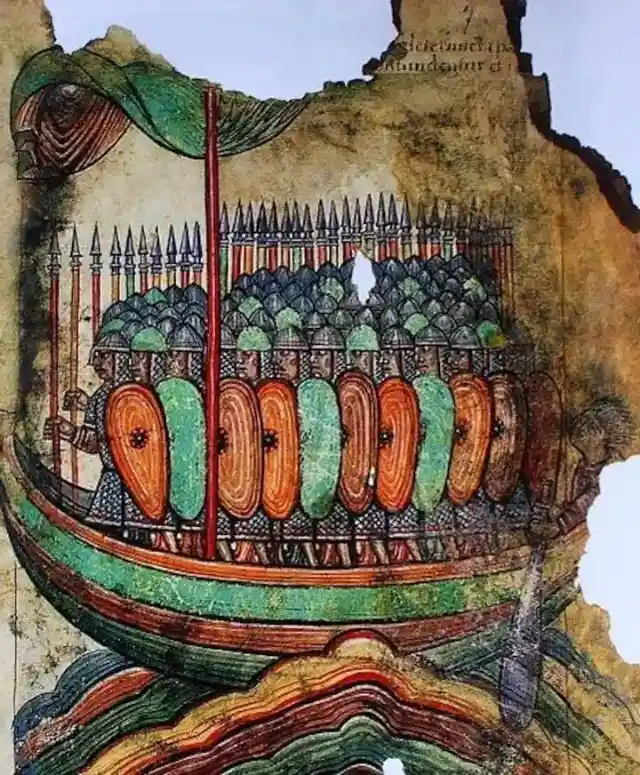
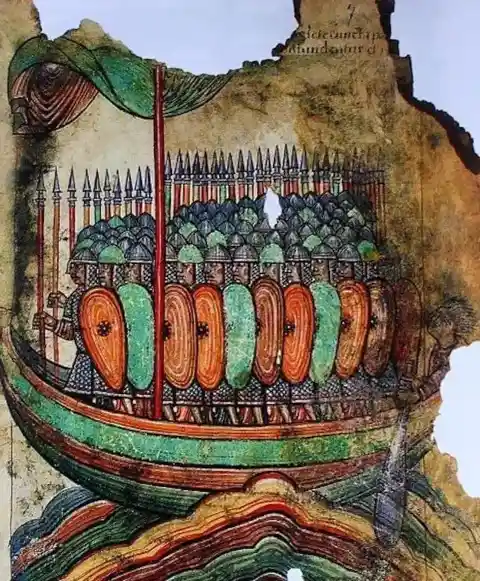
Medieval traders and travelers from various regions reported seeing Vikings with "dark green lines and patterns" on their skin. While it’s unclear if these markings were permanent tattoos or temporary body paint used for rituals or intimidation, the possibility remains a topic of debate among scholars.
They Had Hot and Cold Water Taps Too
Surprisingly, the Vikings were clever enough to create systems for hot and cold water, much like we have today. In particular, Icelandic Vikings had access to natural hot springs thanks to the country’s location between two tectonic plates, which generates significant geothermal activity.
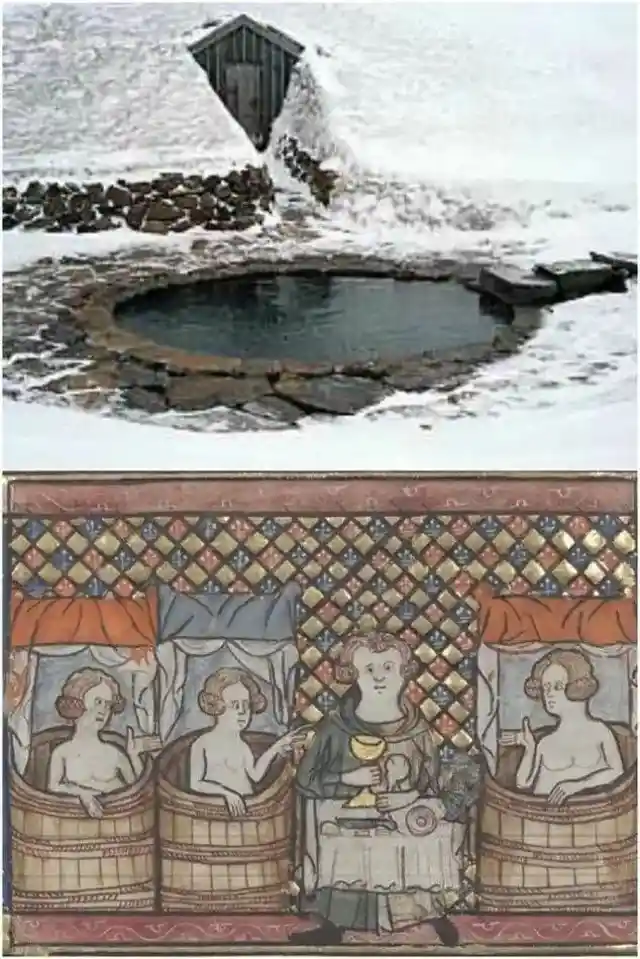
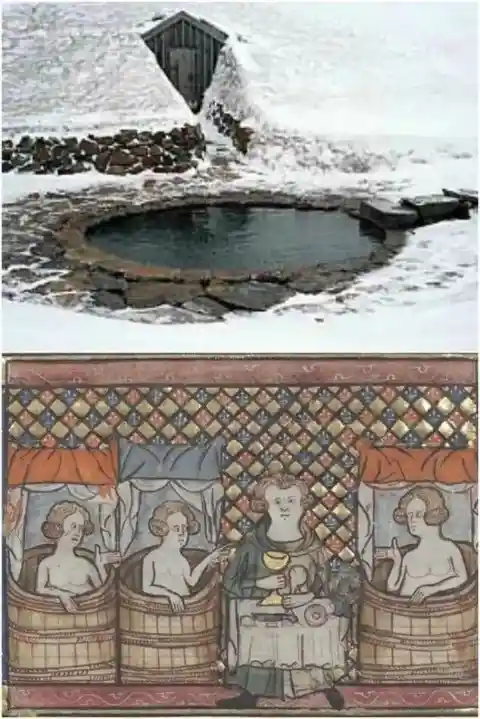
Archaeological evidence shows that they built outdoor baths where people could control the temperature of the water by using pipes connected to separate hot and cold springs, allowing them to enjoy both hot and cold water during their baths.
Washing and Cutting Hair Was Left To The Women
In Viking society, it was typically women who washed and cut the hair of men. While the reasons for this aren’t entirely clear—whether it was because women were the sole providers of this service to their husbands or if it was a more formalized hairdressing role—it was considered a significant honor.
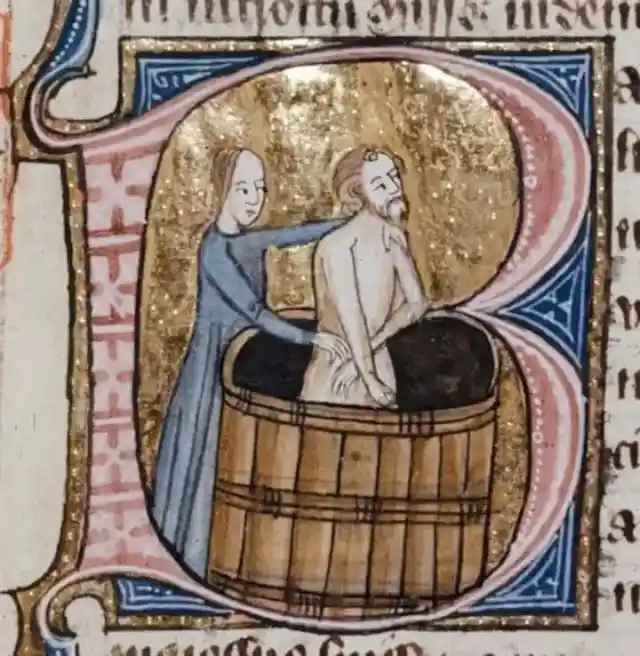
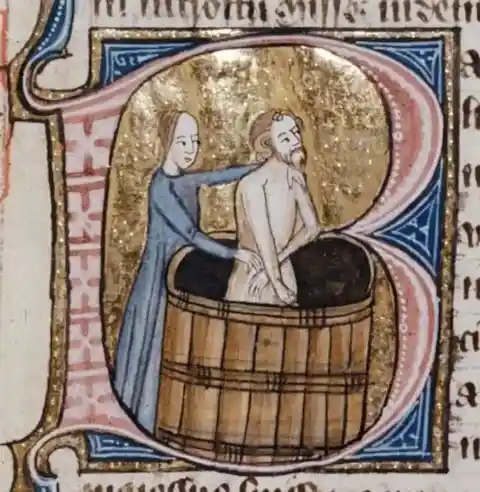
In some medieval stories, women vow to be the exclusive ones to wash and cut a particular man’s hair for the rest of their lives, highlighting the importance and respect attached to this duty.
Vikings Loved Their Protein
When it came to food, the Vikings were better off than many other medieval societies. One key aspect of their diet was a regular intake of meat, even for the poorest among them. This high-protein diet is believed to have contributed to the Vikings' larger size compared to other populations of the time. While they weren’t as tall as modern Scandinavians, they were certainly bigger than most people of their era.
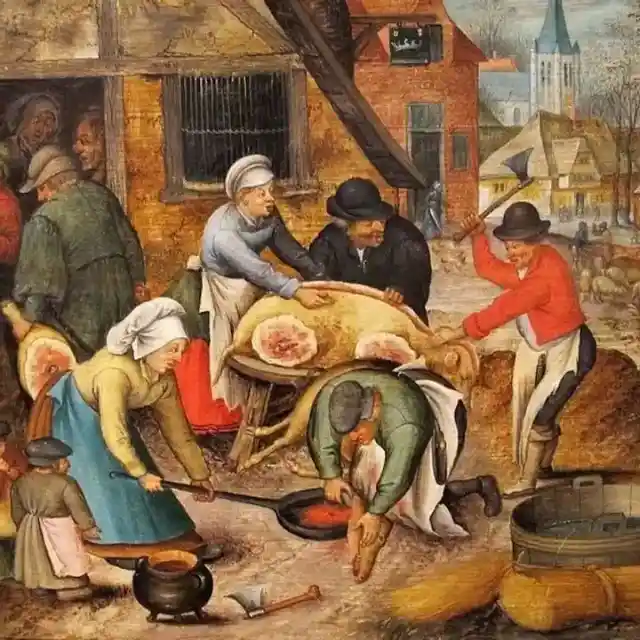
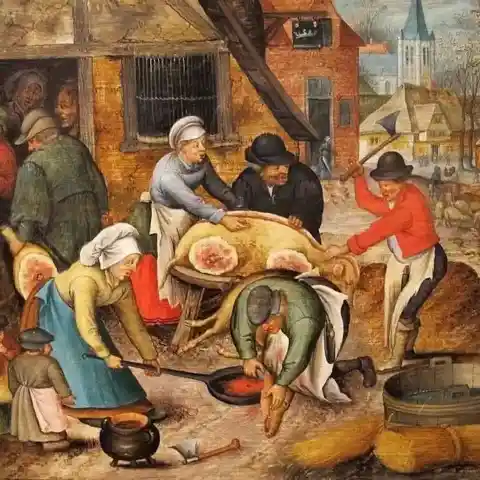
Vikings consumed a wide range of meats, including goat, elk, horse, and reindeer. They also ate fruits and vegetables, which likely played a role in their overall health and size.
Women Had a Lot of Power!
While women in the Middle Ages generally had fewer rights than they do today, Viking women enjoyed far more freedoms than many others of the time. Research indicates that Viking women played significant roles in their societies, from traveling to foreign lands to helping establish new settlements and acting as ambassadors to neighboring cultures.
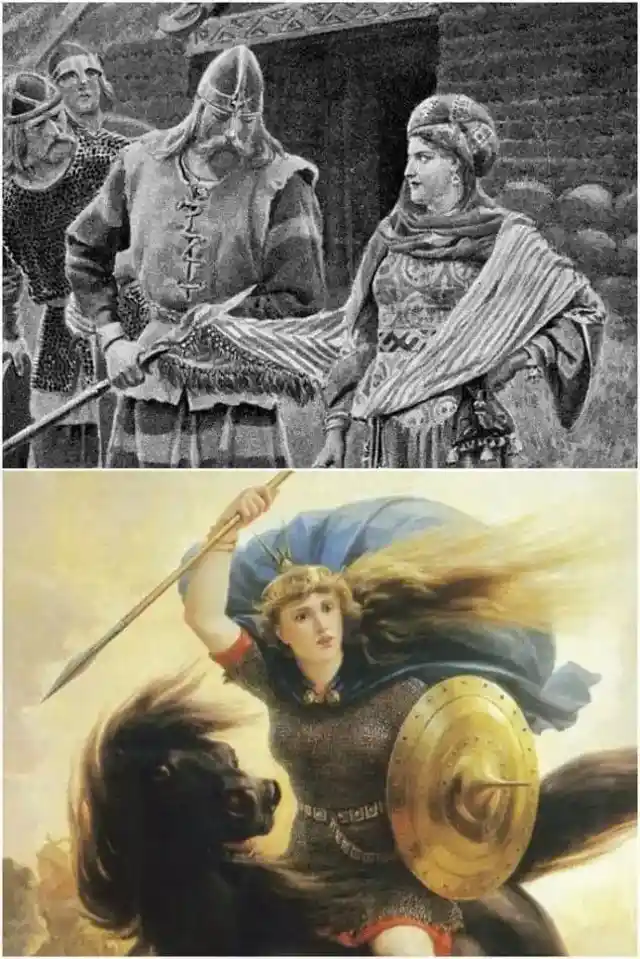
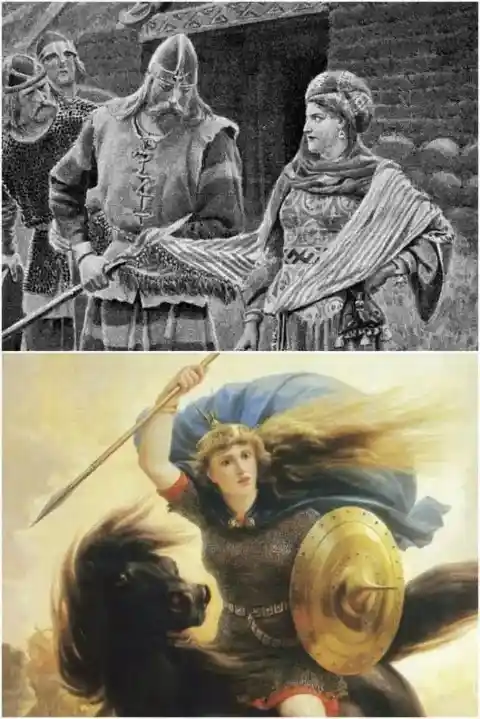
They had several important privileges, such as the right to divorce and reclaim their dowries. Although marriages were usually arranged, women had a say in the decision and could reject a suitor if they were unwilling to marry him. This level of autonomy and influence was relatively rare for women in the medieval world.
They Lived with Livestock and Domestic Animals- Sometimes
Vikings lived in large, windowless longhouses made of wood with thatched roofs, designed to withstand the harsh Scandinavian climate.
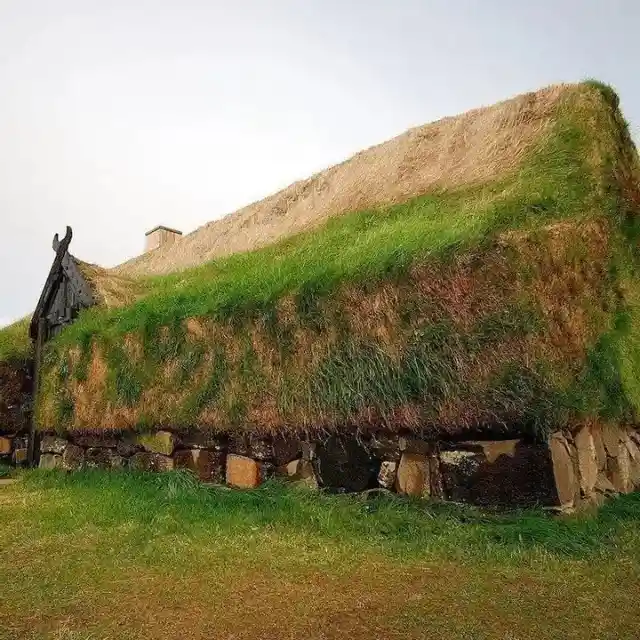
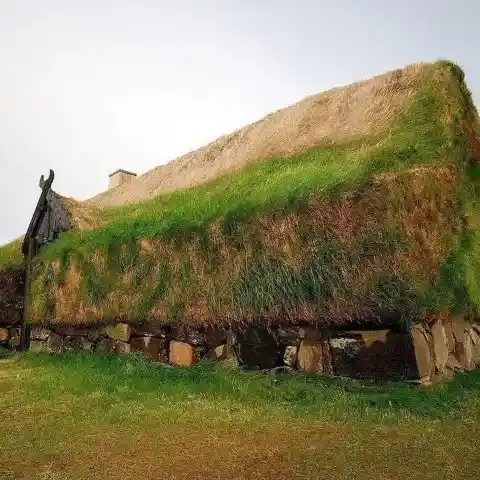
These longhouses were spacious enough to accommodate entire families in a single large, open room, which offered very little privacy. With no windows, the air inside was likely thick with smoke, dirt, and various unpleasant odors. During the cold winter months, the farm animals and pets were kept inside as well, huddling with the people for warmth. While this was necessary to survive the frigid temperatures, it surely made for an uncomfortable living environment.
The Anglo-Saxons Made the Vikings' Love of Bathing A Weakness
While regular bathing was beneficial for health, it wasn’t particularly advantageous in battle. The Anglo-Saxons quickly realized that the Vikings, known for their love of bathing, would often take long, relaxing baths before going into battle.
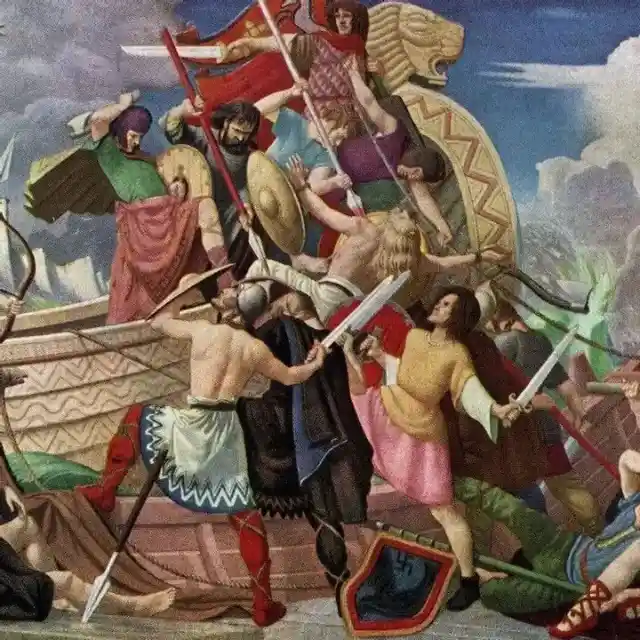

The Anglo-Saxons took advantage of this by waiting until the Vikings were in the middle of their baths, when they were without their clothes and weapons. This left the Vikings vulnerable, making them easier targets for surprise attacks.
No Horned Helmets
In most depictions of Vikings, whether in art or movies, they’re rarely seen without their iconic horned helmets. However, historians agree that these helmets were never worn by historical Vikings. In fact, they would have been highly impractical for a warrior culture like the Vikings, providing no advantage in battle and even hindering close combat. So where did this image come from?
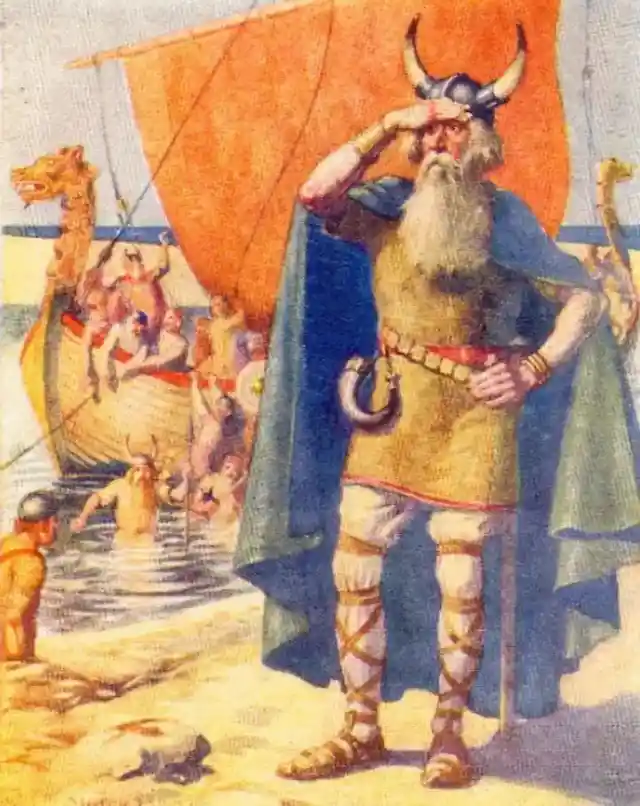
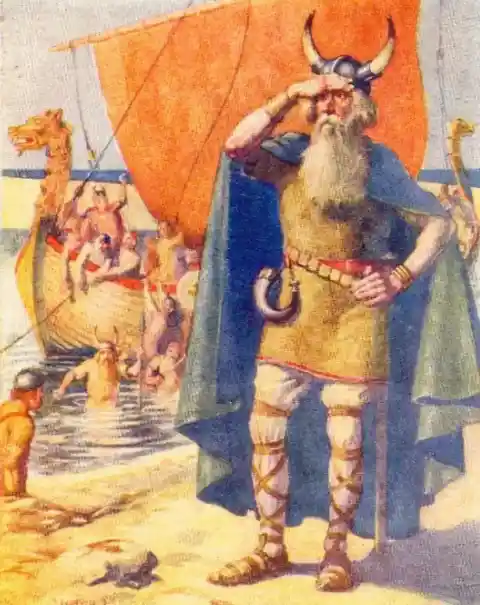
It most likely originated with Carl Emil Doepler, a 19th-century costume designer who created costumes for Norse-themed operas. Inspired by the ceremonial attire worn by Germanic priests, Doepler introduced the horned helmet—and for some reason, it stuck in popular imagination.
Unicorn Horns For Sale
While the Vikings are often portrayed as ruthless pirates, this view overlooks their significant role as traders and businessmen. They were skilled merchants who traveled extensively, sourcing exotic goods like silk and spices from the Middle East. One of their more cunning trades involved unicorn horns—except they weren’t unicorn horns at all.
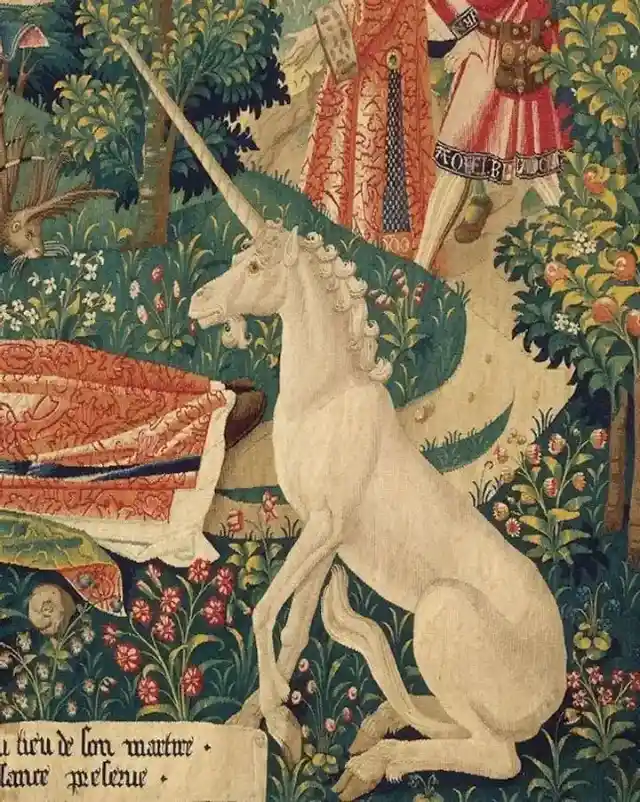
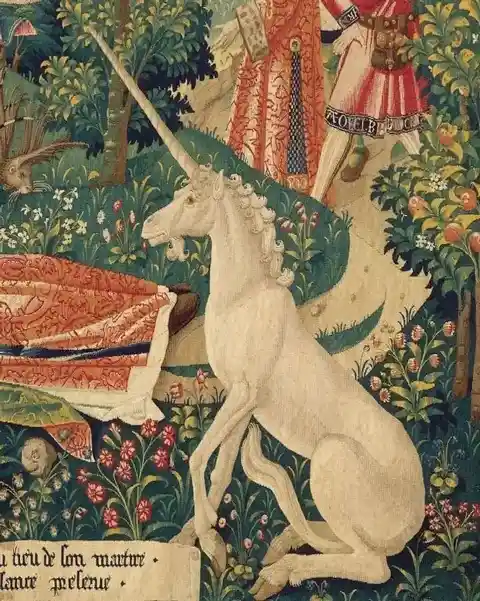
The Vikings would steal narwhal tusks from the Arctic and sell them as the horns of mythical unicorns. At the time, unicorns were widely believed to be real, and there was a ready market of wealthy buyers eager to acquire these magical items.
Some Became Elite Bodyguards
The Vikings were renowned for their toughness and fighting skills, which earned them unique opportunities around the world. Many Vikings eventually served as bodyguards to powerful figures, including national leaders.
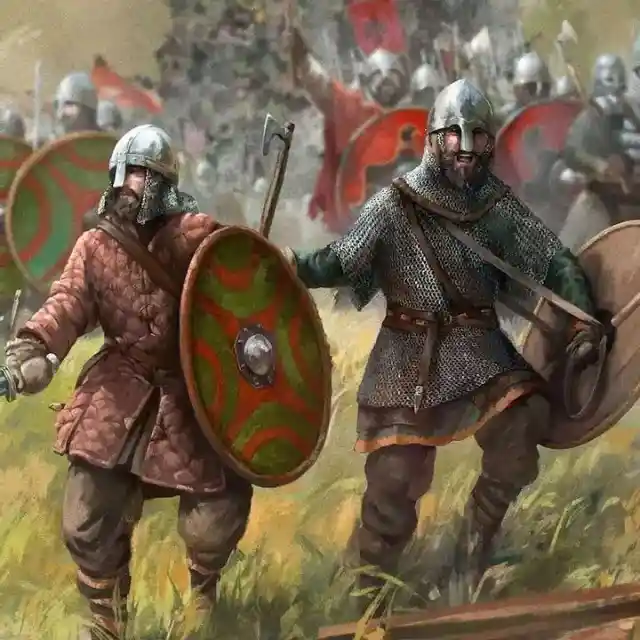
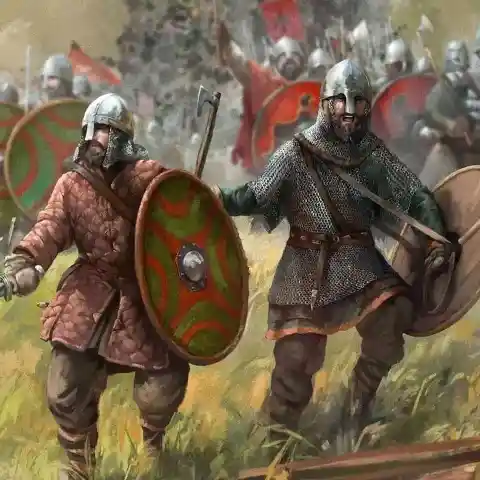
The most famous example is the Varangian Guard, an elite group of Viking warriors who protected the Byzantine emperors for several centuries, up until the 14th century. Imagine the fascinating stories we might uncover if we could read the diary of one of these esteemed bodyguards!
They Probably Settled in America Before Christopher Columbus
As mentioned earlier, the Vikings were known for their extensive voyages, trading and raiding far and wide. There is strong evidence to suggest that they reached North America long before Columbus. Since 2010, satellite imagery has revealed several Viking sites, including the famous L’Anse aux Meadows in Canada.
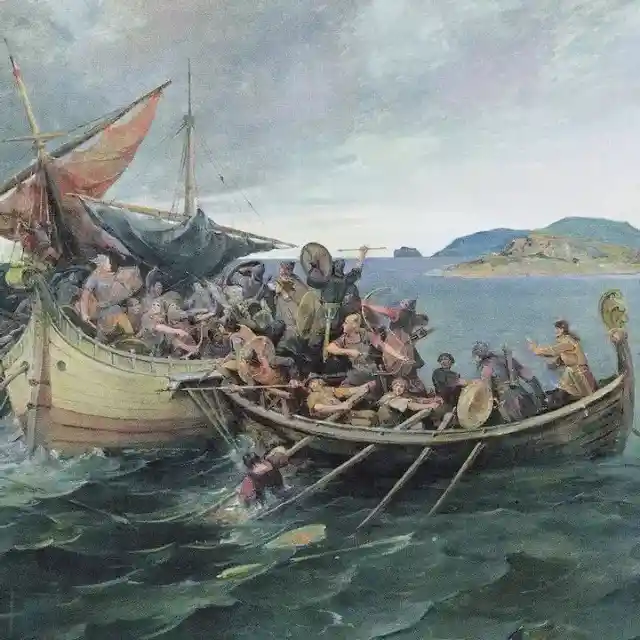

Another significant site has been uncovered in Newfoundland, where excavations have revealed an iron hearth and grass walls—clear signs of Viking presence and activity.
The Vikings Had Cutlery
Contrary to the common image of Vikings as primitive warriors, they were actually more refined in their eating habits than many might think. Instead of forks, Vikings used spoons and knives, which were common eating utensils at the time. The knives were typically made of metal, while spoons and bowls were often crafted from wood. These tools weren’t just used for dining—they also served purposes in hunting, fighting, and grooming.
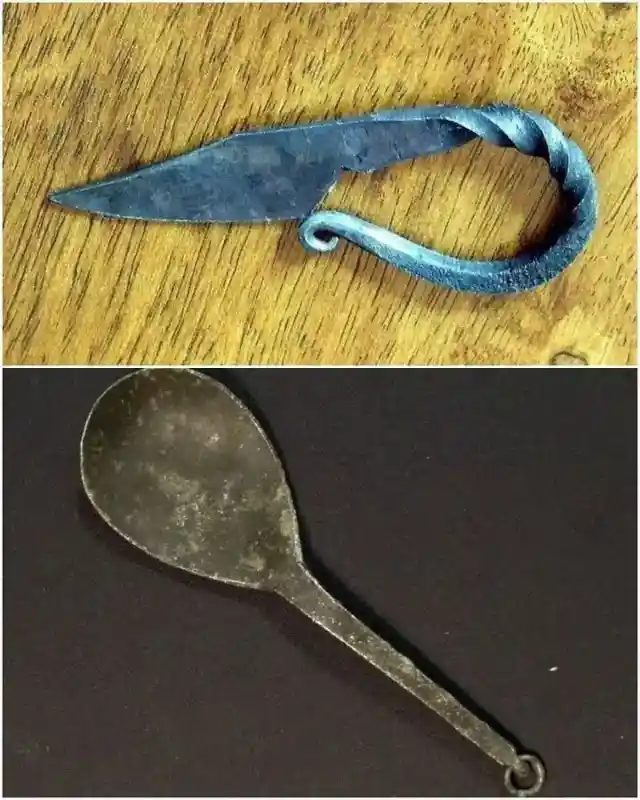
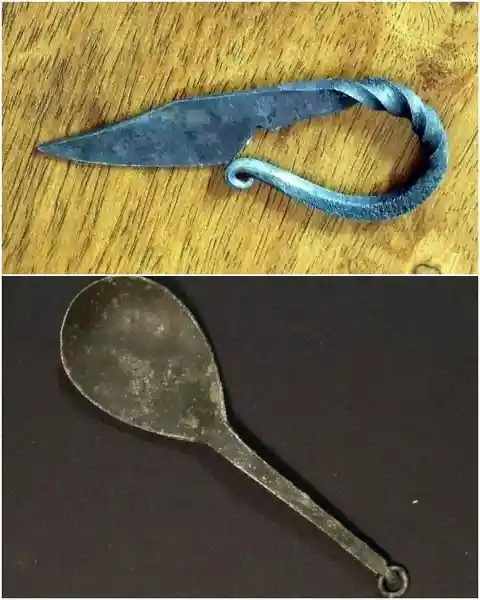
Vikings kept their spoons and knives close at hand, often wearing them on chains around their necks or attaching them to their belts, much like their grooming tools.
They Loved to Party!!
The Vikings’ love for partying and revelry is something that movies and TV shows often capture well. Norse festivals were large, lively events filled with food, drink, and indulgence. But these celebrations weren’t just about hedonism—they played a key role in Viking society.
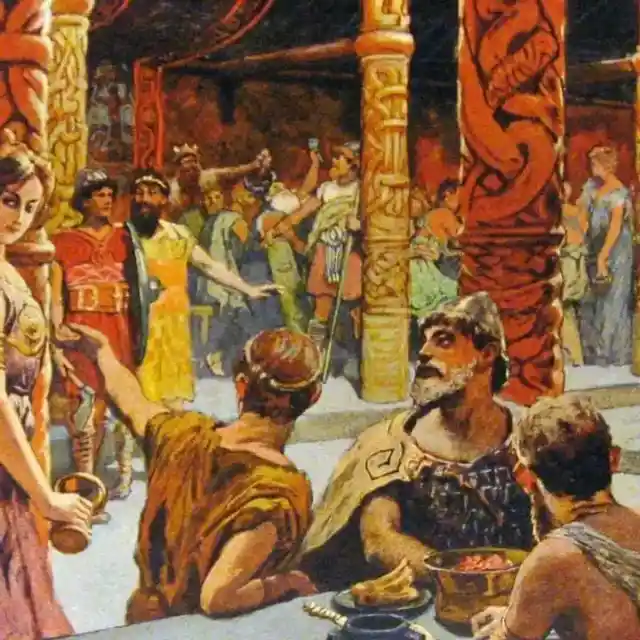
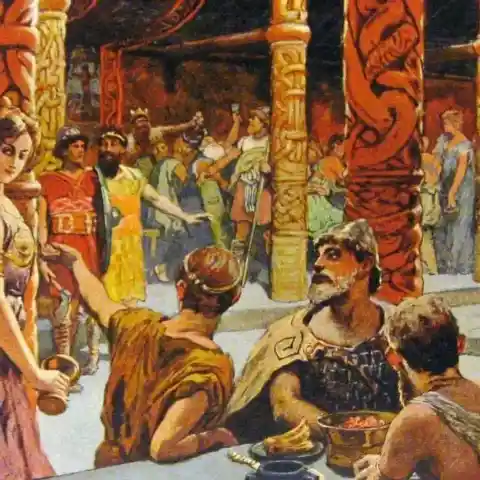
Festivals offered opportunities to strengthen social bonds, advance political ambitions, and solidify alliances. They were important occasions for networking, climbing the social ladder, and achieving personal and communal goals.
They Weren't Romantic, At All
While marriage was an important institution in Viking society, it wasn't based on romantic love. Instead, it was largely a practical arrangement, viewed more as a business transaction meant to secure material wealth, political power, and alliances. The marriage process was formal and methodical: both families would hire legal representatives—essentially medieval lawyers—to negotiate the terms.
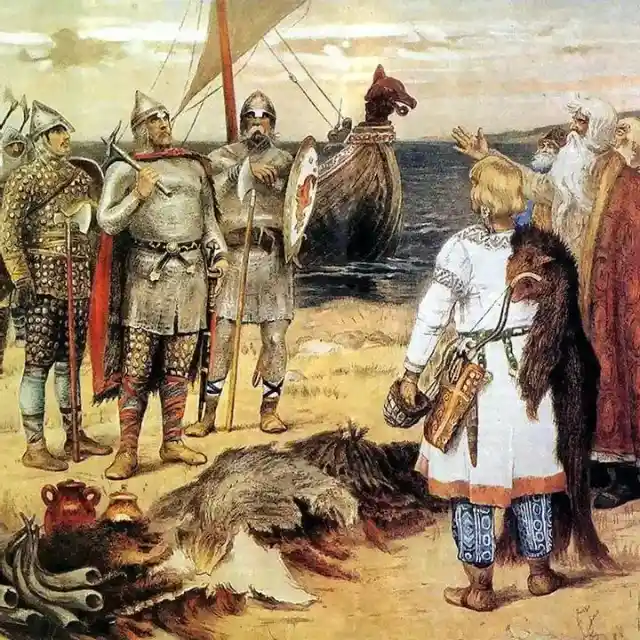
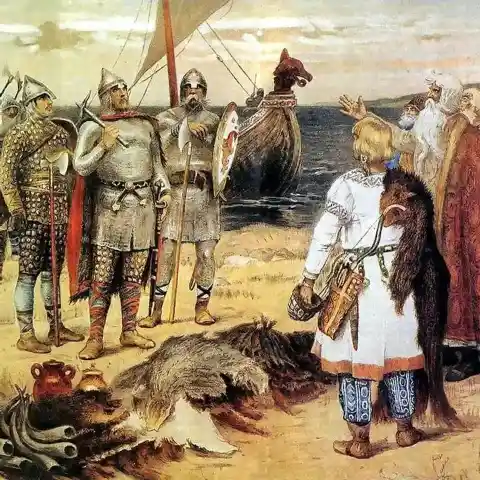
Any feelings of love between the couple were secondary, and if they did fall in love, it was seen more as a fortunate coincidence than a central part of the marriage.
Animal Sacrifices Were Normal
Animal sacrifices played a significant role in Viking rituals, much as they did in many other ancient cultures. Vikings performed sacrifices to seek blessings for good health, increased strength, or a better chance of success in battle. They also used sacrifices to resolve personal or domestic issues. One of the most important rituals took place before marriage. The Vikings would conduct a blood ceremony to ensure a prosperous union, which involved the sacrifice of a fertility-related animal.
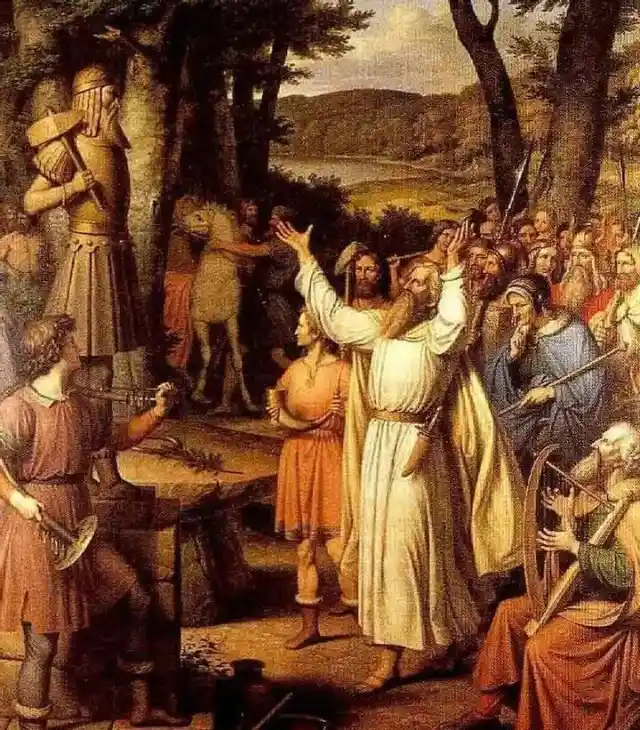
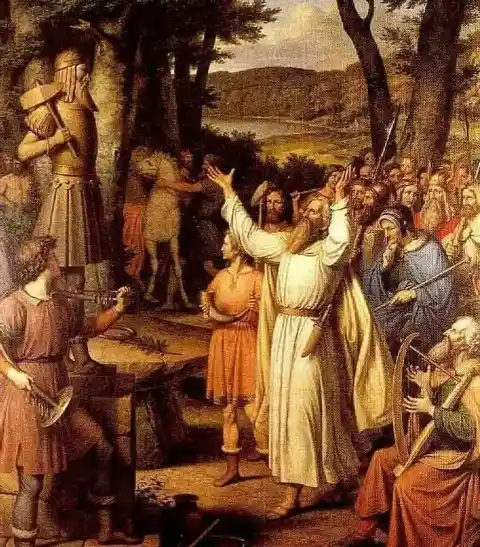
Its blood would be collected and sprinkled on the couple, symbolizing the hopes for fertility and a successful marriage.
Great Fighters, Better Storytellers
Though the Vikings are often remembered for their fierce warrior culture, they also had a rich tradition of storytelling. Despite the roughness of their lives, they enjoyed telling imaginative tales full of symbolism and history.
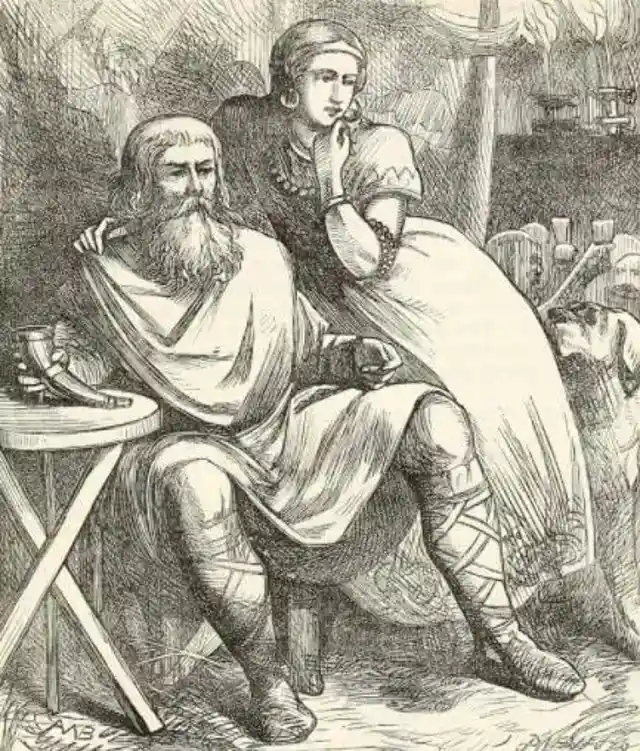
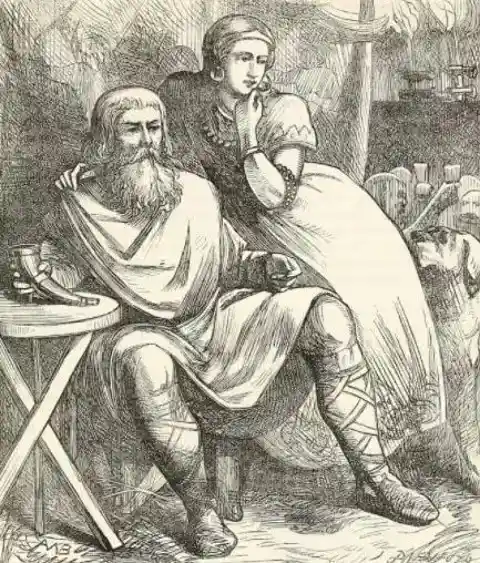
These stories were passed down through generations, often memorized and recited around the fire. They served as both entertainment and a way to preserve Viking culture, teaching younger generations about their history, religion, and values. Storytelling was an essential part of Viking social life, helping to keep their legacy alive.
They Loved Their Fish
Despite the harsh winter conditions, the Vikings had a steady and varied food supply, with fish being a key staple in their diet. With abundant access to lakes, rivers, and the ocean, they enjoyed a wide range of fish, with herring being a particular favorite. The Vikings commonly preserved fish by salting, smoking, or drying it, much like they did with meat.
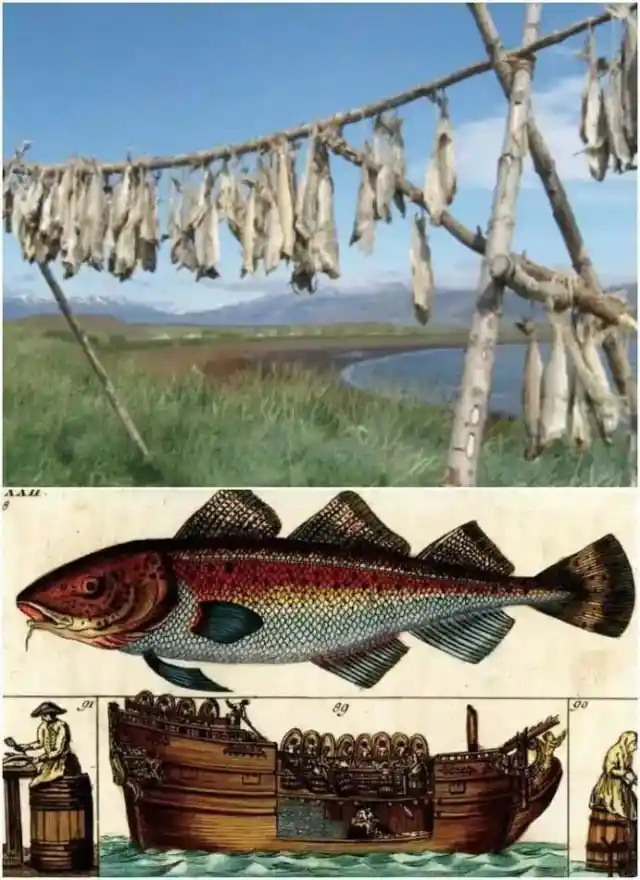

This preservation method allowed them to store fish for long periods, making it an essential source of food during sea voyages and winter months, ensuring they could survive even during the harshest times.
They Were Skilled Farmers and Hunters
While the Vikings are often celebrated for their voyages and raiding expeditions, they were also highly skilled farmers and hunters. Life wasn’t all about sailing the seas—much of their survival depended on the hard work of those who remained at home. The Vikings grew fruits and vegetables during the short summer season, and they had to be resourceful in storing food for the long, harsh winters.
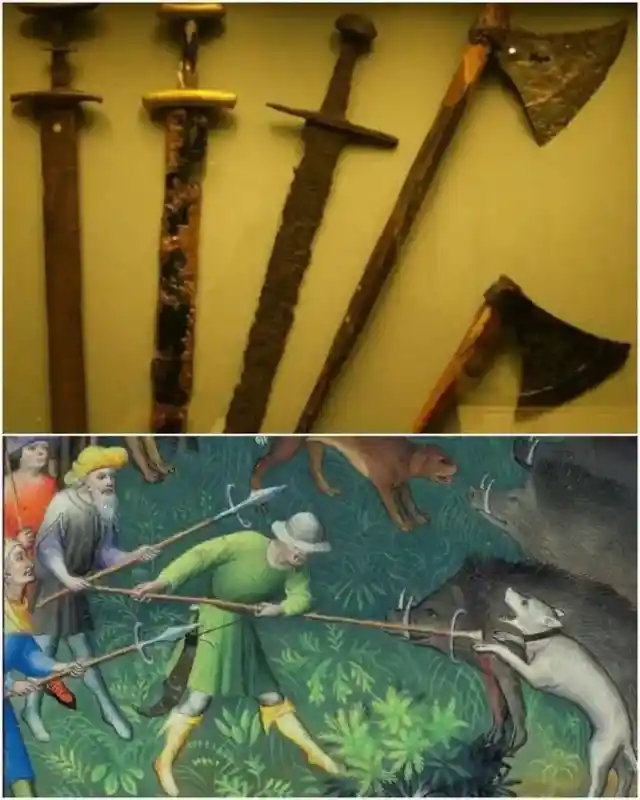
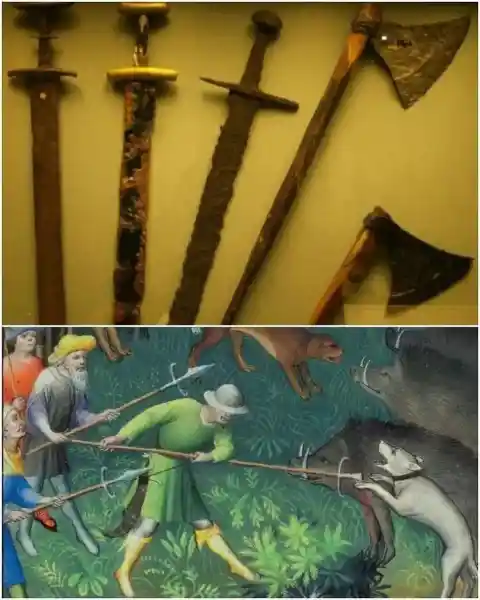
Canning and preserving meat and other produce were essential to ensuring the survival of families during the colder months. Their ability to balance farming, hunting, and exploration was key to their success.
Runes Were their Means of Writing
Runes continue to fascinate archaeologists and history enthusiasts, offering valuable insights into Viking life and culture. It’s interesting to note, though, that these ancient inscriptions were far more ordinary to the Vikings than we might imagine. To them, runes were as commonplace as our modern-day shopping lists. The futhark, the runic alphabet, was simply the writing system used by literate individuals—though literacy was not widespread.
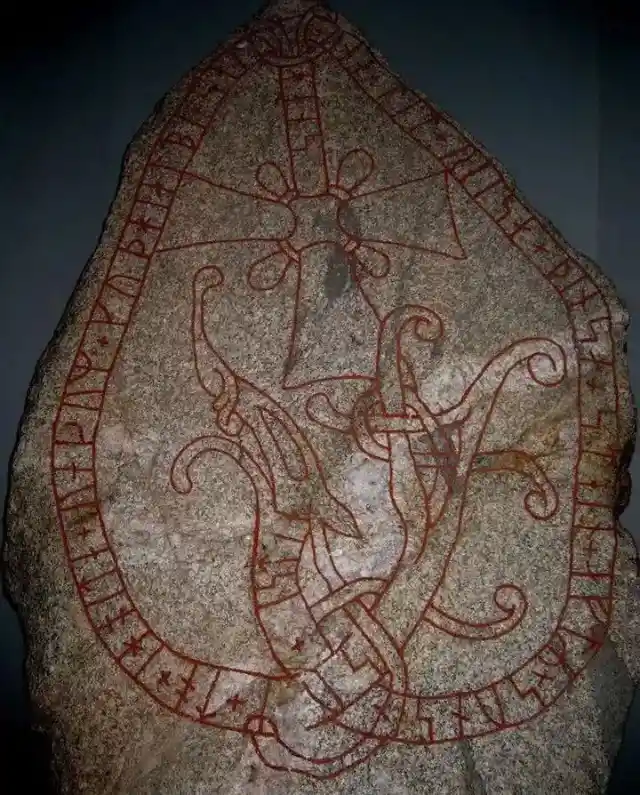

There was nothing particularly remarkable about runes in Viking society; they were just a practical tool for communication.
Who Wants A Drink?
It’s no secret that the Vikings were known for their heavy drinking, and mead, the honey-based alcoholic beverage, was a staple of their diet. Often regarded as the ancestor of modern beer, mead was incredibly popular among the Vikings, with honey mead being the most common variety.
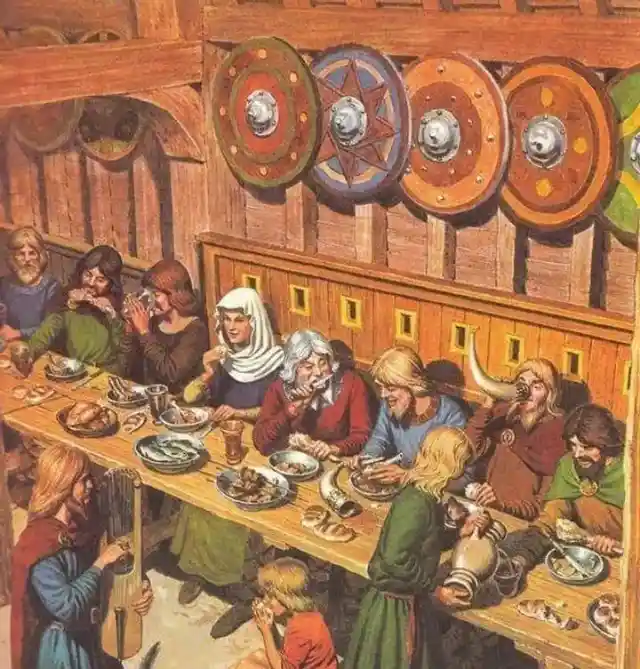
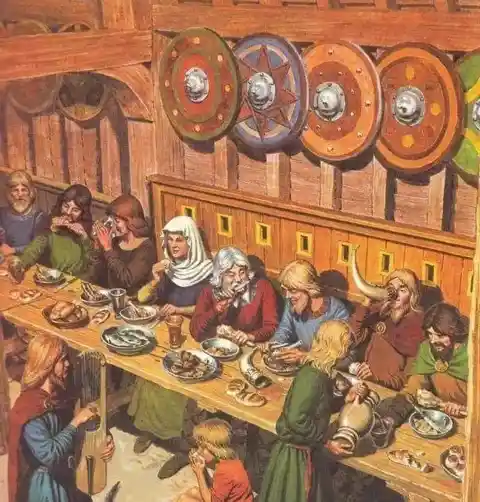
The Vikings' fondness for mead even appears in Norse mythology, where some deities are said to keep goats that produce the drink. In fact, many believe the Vikings are partly responsible for the ongoing beer culture in Scandinavia, as they helped popularize the region’s enduring love for alcoholic beverages.
Skating and Skiing Everywhere
While winters in Scandinavia today are harsh, they are still milder than those experienced by the Vikings. However, the Vikings were resourceful and quickly adapted to the long, snow-covered winters. They used skiing and skating as practical means of transportation, allowing them to move efficiently between communities and across the frozen landscape.
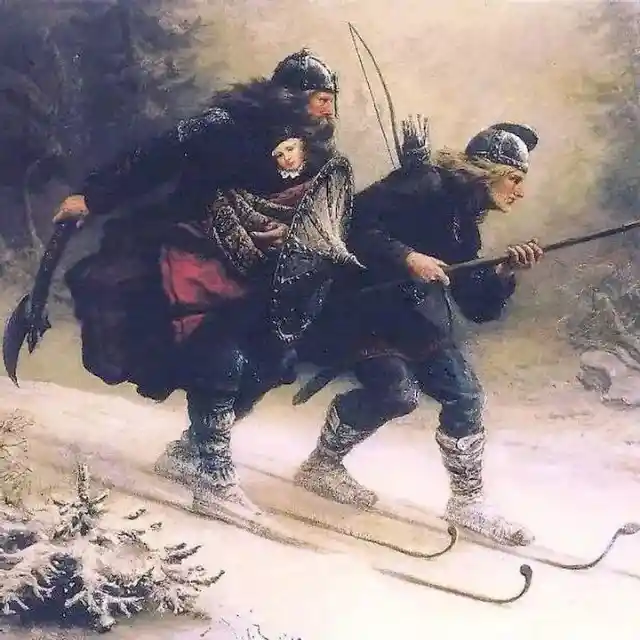
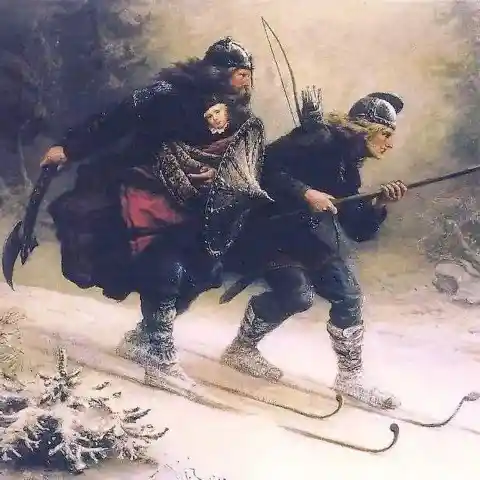
Archaeological excavations of Viking sites have uncovered hundreds of wooden skis and animal bone skates, showing just how integral these modes of travel were to daily life.
The Vikings Knew How to Make Yogurt
Dairy products have long been a staple in Scandinavian diets, and this tradition dates back to the Vikings. They were skilled at using milk from their herds of sheep, goats, and cows to create a variety of fermented products, such as butter, cheese, and yogurt, which helped extend the shelf life of their food.
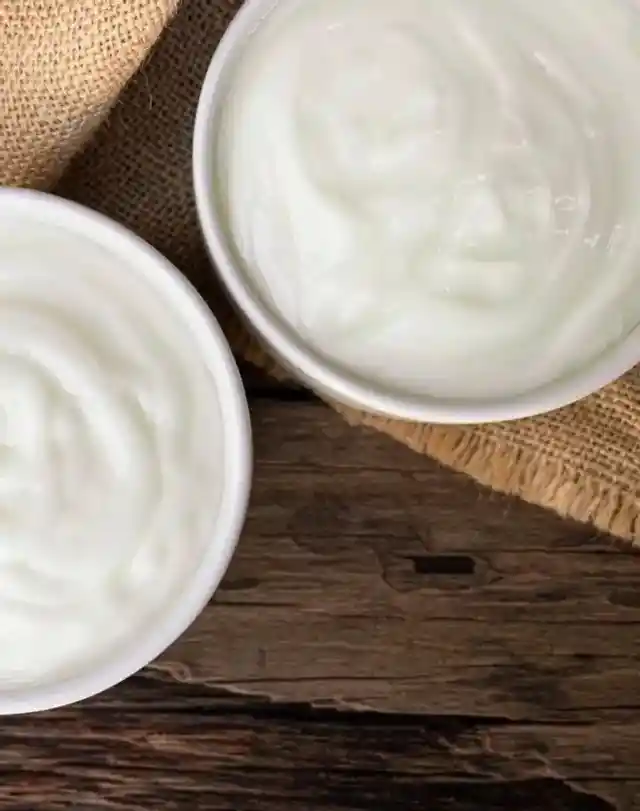
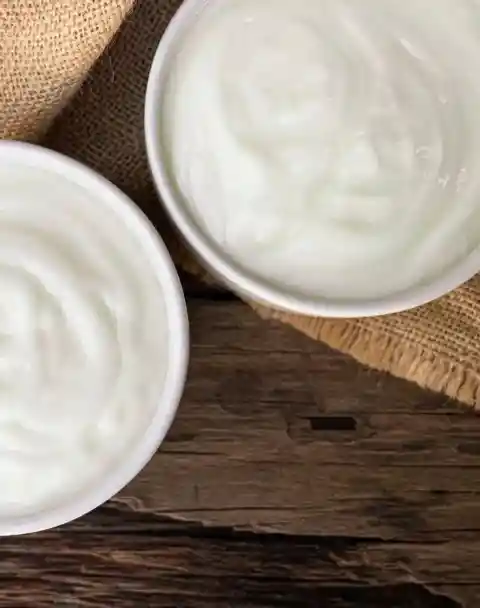
One well-known product that originated with the Vikings is skyr, a thick, sour, high-protein yogurt spread that remains a popular food in Iceland today.
Unique Funeral Ceremonies
While the details of Viking funeral practices are still debated by historians, there is evidence to suggest that they had some unique and dramatic customs for honoring the dead. While most Vikings were buried with personal belongings, some of the more heroic warriors received special funerals.


In these ceremonies, the deceased's body, along with important personal items meant for the afterlife, was placed in a small boat, which was then set on fire—a ritual thought to ensure safe passage to the next world.